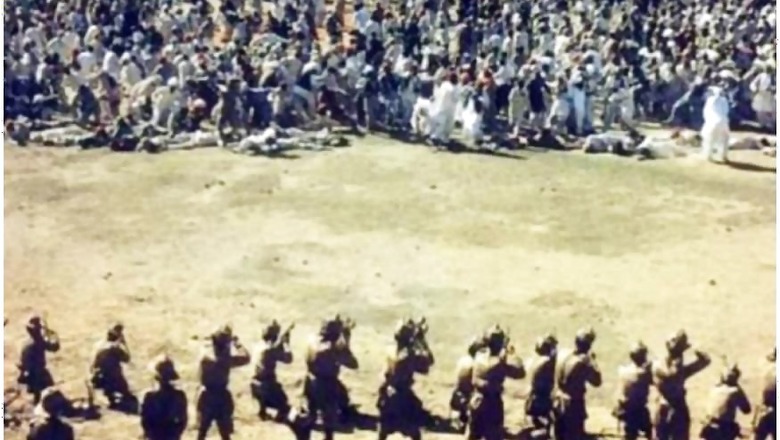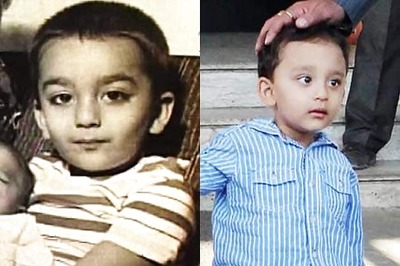
views
As India commemorates 100 years of the ghastly incident in the history of pre-independence that took over hundreds of lives, the residents of the Sikh holy city, Amritsar, will be organising events on Saturday to pay tribute to the slain at the Jallianwala Bagh, which is located close to the holiest of Sikh shrines - 'Harmandir Sahib'.
What happened on April 13, 1919 at Jallianwala Bagh?
On April 13, 1919, the British forces led by Brigadier General Reginald Dyer opened fire in Jallianwala Bagh on thousands of unarmed and peaceful protesters, including women and children, killing hundreds of them.
How many people died in Jallianwala Bagh Massacre?
On April 13, 1919, at Jallianwala Bagh, the British armed forces under the command of General Dyer opened 1,650 rounds of fire at the people gathered for a peaceful protest, killing hundreds of men, women and children trapped inside the garden. Many jumped into a well to save themselves from the hail of bullets. Shrieks of the innocents filled the air but Dyer's men kept on pumping bullets.
If we look at the official records, presented by the British officials, it shows about 379 people died in the massacre.
According to the Indian officials, around 1,000 people lost their lives and more than hundreds of people were injured.
What were the people protesting for?
On April 13, 1919, around 10,000 people gathered at Jallianwala Bagh in the afternoon to condemn the arrest and deportation of two national leaders, Satya Pal and Saifuddin Kitchlew.
What is Jallianwala Bagh?
Jallianwala Bagh is a public garden located in the holy city of Amritsar and houses the martyrs' memorial which was established in 1951 to commemorate the massacre of hundreds of unarmed and peaceful protestors, including women and children, by the British forces led by Brigadier General R
eginald Dyer on April 13, 1919.
Who manages the Jallianwala Bagh?
The memorial is managed by the Jallianwala Bagh National Memorial Trust. The chairman of the Trust is Prime Minister Narendra Modi.




















Comments
0 comment